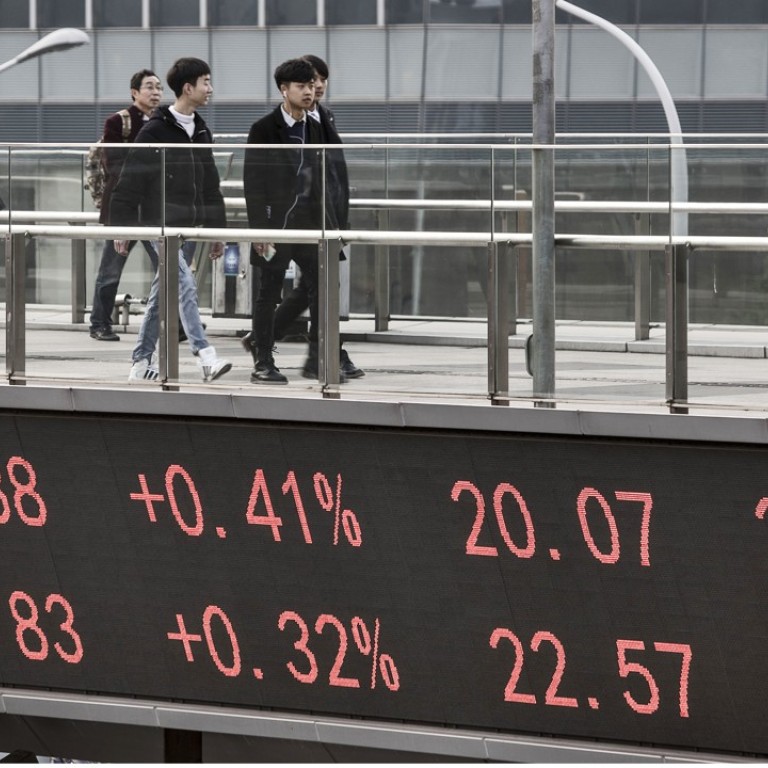
Return of volatility to Shanghai stocks gives traders a jolt, but better times may be on the way
Many had grown accustomed to relative calm with the government seen as frequently stepping in to smooth out price movements, but small-cap stocks are one way to make money out of the volatility, fund managers said
Volatility has returned with a vengeance to China’s benchmark Shanghai Composite stock index, with one measure putting it at a two-year high, resulting in pain for traders who had grown unaccustomed to rapid price movements.
The index has seen 15 trading days with daily price swings exceeding 1 per cent on a closing basis so far this year, compared to just three for the same period in 2017. Its 60-day volatility rose to an almost two-year high last week, data compiled by Bloomberg showed.
Chinese stocks have had a history of boom and bust cycles, but big price swings dropped to record low levels last year, as state-backed funds were suspected to have frequently intervened to rein in volatility and as the securities regulator cracked down on manipulation.
“Bigger movements on the market have made investors feel pretty uncomfortable,” said Xun Yugen, a strategist at Haitong Securities in Shanghai. “That also leaves market expectations unstable.”
Traders who have grown accustomed to a market with low volatility and decent gains over the past year have already been feeling the pain. The Shanghai Composite has retreated 4.5 per cent so far this year, as rising borrowing costs in the US, trade tensions between the US and China and stretched valuations of big-cap shares took their toll. The index gained 6.6 per cent in the same period a year earlier.
Xun expected the market to recover in the second quarter after the release of companies’ annual and first-quarter results offered more clues on the outlook, and as the inclusion of Chinese stock indices in global index provider MSCI’s benchmarks next month lured more fund inflows.
Blue-chip companies including liquor distillers and appliance makers may present buying opportunities after their stock prices declined between 20 per cent and 30 per cent over the past two months, he said.
However one fund manager said that one way to beat the volatility problem was to buy smaller-cap stocks on other indices. Wu Kan, of Shanghan Finance, said he focused on small- and mid-caps, which had lagged behind when their bigger peers were gaining last year.
The ChiNext index of small caps is up 4.1 per cent so far this year, outperforming the bigger benchmarks.
Wu said the trading focus would probably shift to small caps this year, which tended to be traded more actively during times of volatility. Gainers were restricted to a limited number of larger companies in the low volatility environment last year, while most stocks posted losses.
“The wealth effect should be better this year and we have higher expectations for returns,” said Wu. “It’s the year to make money from volatility.”

